08 Nov Peru’s Huayhuash Trek: Ultimate Guide by a Solo Female Traveler

Named one of the 10 most beautiful treks in the world, the Cordillera Huayhuash circuit should absolutely be on your Peru itinerary. While this bucket list hike is not for the faint of heart, the magnificent views of snow-capped peaks, turquoise glacial lakes, rocky terrain, and mind-blowing views pay off all the challenges of the trail. Over 5-12 days you’ll push your strength and test your stamina for one of the most rewarding and immersive adventures through the Andes Mountains.
In this guide I highlight everything you need to complete Huayhuash as a part of a guided-group. Anyone looking to tackle this trek can find this post useful, but I especially added some perspective and tips for solo female travelers: because solo traveling doesn’t mean you can’t have an adventurous trip. So buckle up, for your adventure girl summer in Huayhuash!
What's in this post
Click to skip ahead
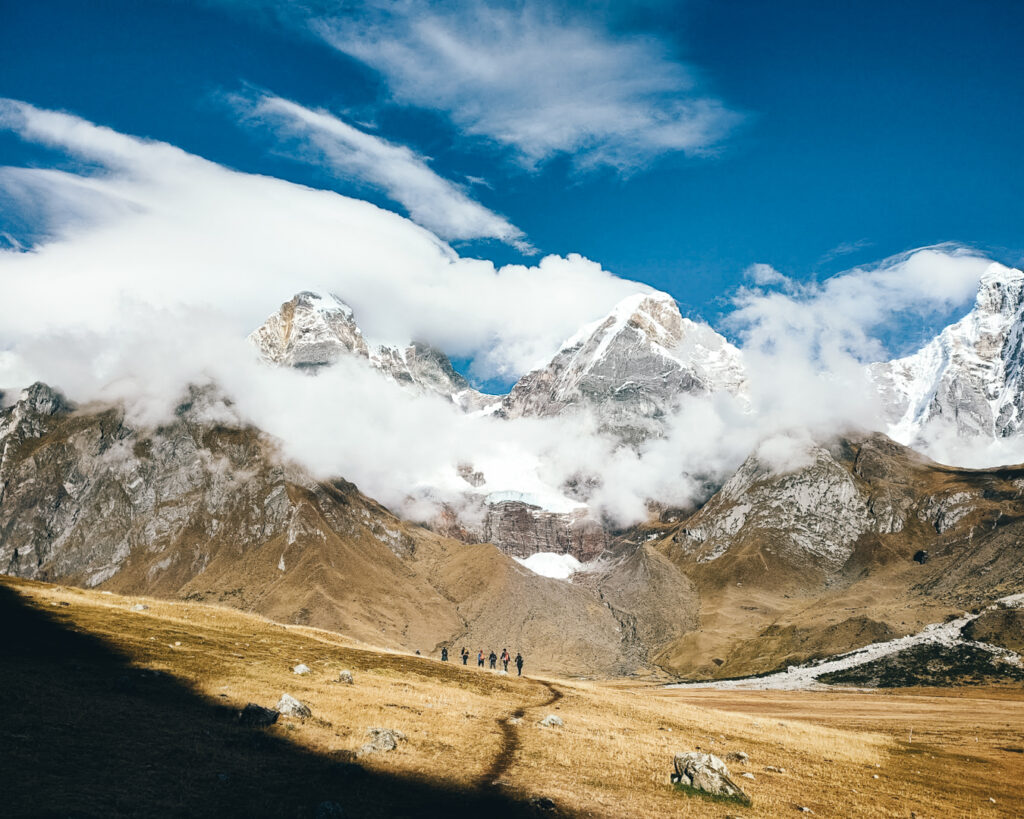
ALL ABOUT HUAYHUASH
Huayhuash refers to the mountain range known as Cordillera Huayhuash which is a bunch of mountain peaks grouped together. The trekking circuit takes you up and around them, seeing the icy peaks from different angles, enjoying the glacier lakes around them, and the valleys below.
Where is the Huayhuash Trek?
The Cordillera Huayhuash is a part of the Andes Mountain Range in central Peru, about 200 km north of Lima. To begin the Huayhuash circuit, you’ll start in Huaraz, a city that acts as a hub to begin some of Peru’s most impressive hikes and treks including Huayhuash.
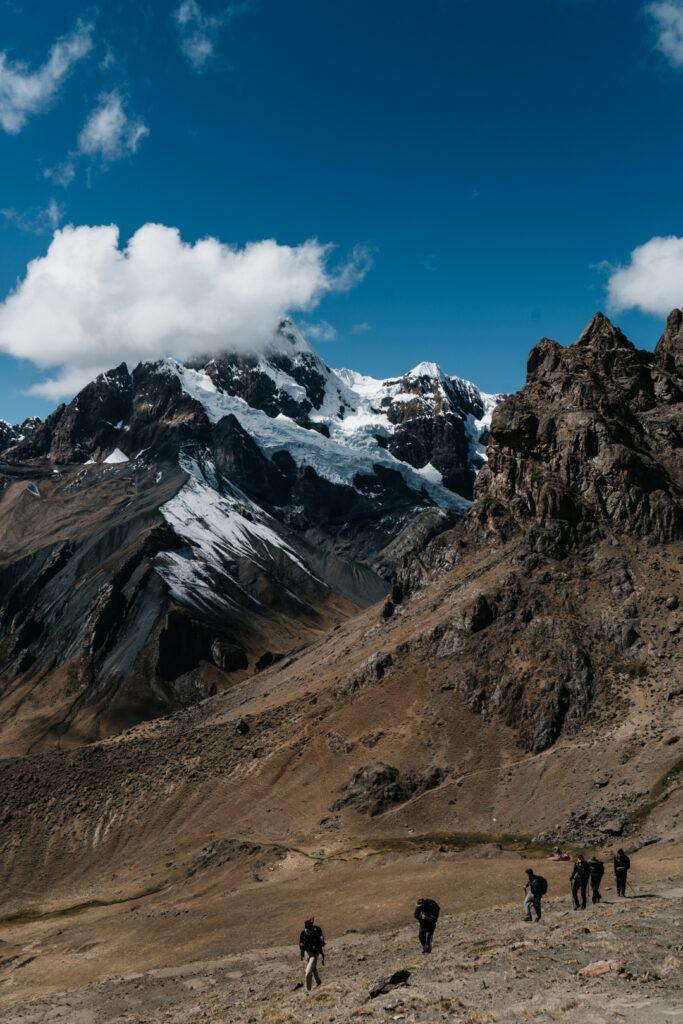
Trail Details:
How many days is the Huayhuash trek?
The traditional Huayhuash circuit is meant to be 8-12 days. The most popular route is 8 days, which is what I did, so I’ll refer to it throughout this post. There’s also a 5 day option for those looking for a shorter route but you won’t complete the full circuit and will miss the panoramic view of the entire range – for that reason I don’t recommend it unless you’re short on time.
Distance & Elevation: How long is the Huayhuash trek and what altitude do you reach?
During the 8 days Huayhuash Circuit you’ll hike about 130 km / 80 miles and reach elevations as high as 5,050 m / 16,568 ft. This is the highest elevation, but every day will include one mountain pass at or over 4,700 m / 15,419 ft and you’ll camp at higher elevation as well.
The map of the circuit is shown below on AllTrails (which is roughly accurate) but when you discuss with tour operators they should give you a map and explain the hiking details of each day since there can be slight variations.
How difficult is the Huayhuash trek?
As I’m sure you can guess, Huayhuash is labeled a difficult trail for the average person and I would agree. Personally, it was doable for me but that’s easy to say in hindsight sitting in a coffee shop typing this. During the trek it took a lot of determination, physical stamina, and mental fortitude.
The Huayhuash circuit is difficult for many reasons, not just trail distance, but for the high altitudes and stamina to span over the whole trip. Every day you’ll complete a mountain pass (the highest pass reaching 5,050 m / 16,568 ft) and the entire trip is over 4,000 meters.
For the unaware sea-level dwellers, hiking at higher altitudes is 10x more difficult than at sea level. There’s less oxygen for your lungs which can introduce other complications depending on how your body reacts. Additionally, weather can be unpredictable so high up, and you may need to hike or sleep through hail or even snow. What’s more, how your body and mind copes to these conditions over 8 days can also be an additional challenge.

On the other hand, while being in shape will make your life easier, you don’t have to be a professional trekker or someone who grew up in Colorado summiting peaks on weekends to do the Huayhuash trek. And unless you’re out of shape, you don’t need to do any official training beforehand either. Now, I do recommend acclimating and completing a few day hikes at high altitude prior. But other than that, this is not like a summit or technical trek which requires training.
In actuality, Huayhuash is not that technical of a trail, it’s just putting one foot in front of the other – which admittedly may be easier said than done. But as long as you have the appropriate gear, the mental fortitude, are properly acclimated, and are in decent physical shape, you should be able to complete it.
For context, I’m a moderately fit person, meaning that I’ve always been able to engage in more physical activities like hiking but I wasn’t working out regularly at the time of my trek and low key I would get out of breath from just running up stairs in Huaraz. During Huayhuash, I was the slowest in my group because I had difficulty breathing, especially during ascents.
However, I was able to keep up more or less, always arriving within 20 minutes or so from the rest of the group and they were always patient enough to wait. And even if I took longer, I think it would have been ok. Everyday the hiking was tailored so there was more than enough time to complete the trail and we frequently arrived to camp at midday. There were also slower groups than us. So while I think Huayhuash is a difficult trek as a whole, the daily hikes are doable if you’re acclimated, in decent shape, and confident – I say go for it.
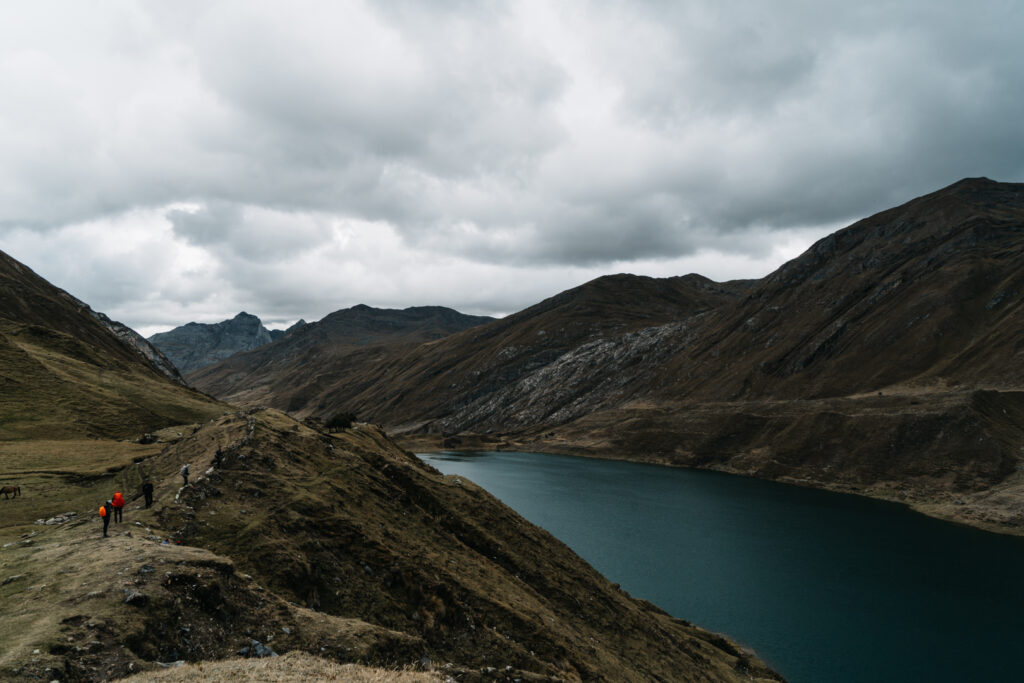
Who can complete the Huayhuash trek?
So ultimately, who can complete Huayhuash? That’s a difficult to specifically define, and ultimately it’s a question only you can truly answer for yourself. I saw older people doing it who were much slower than me (but did it); I also knew a professional rugby player who was struggling as much as me; but I also saw people who looked physically less strong who were absolutely killing it. Ultimately a lot has to do with how you react to the altitude and your mental stamina.
If you’re unsure if you should do the trek or not, my advice is to take all the information I’ve said into consideration, check out the itinerary and then do some day hikes in Huaraz or even the Santa Cruz trek to gauge how you fare.
When you do decide to do Huayhuash, be confident with yourself. My advice for any challenging activity is to go into it without hesitation, saying to yourself, “I can and will do this, even if it’s difficult.”
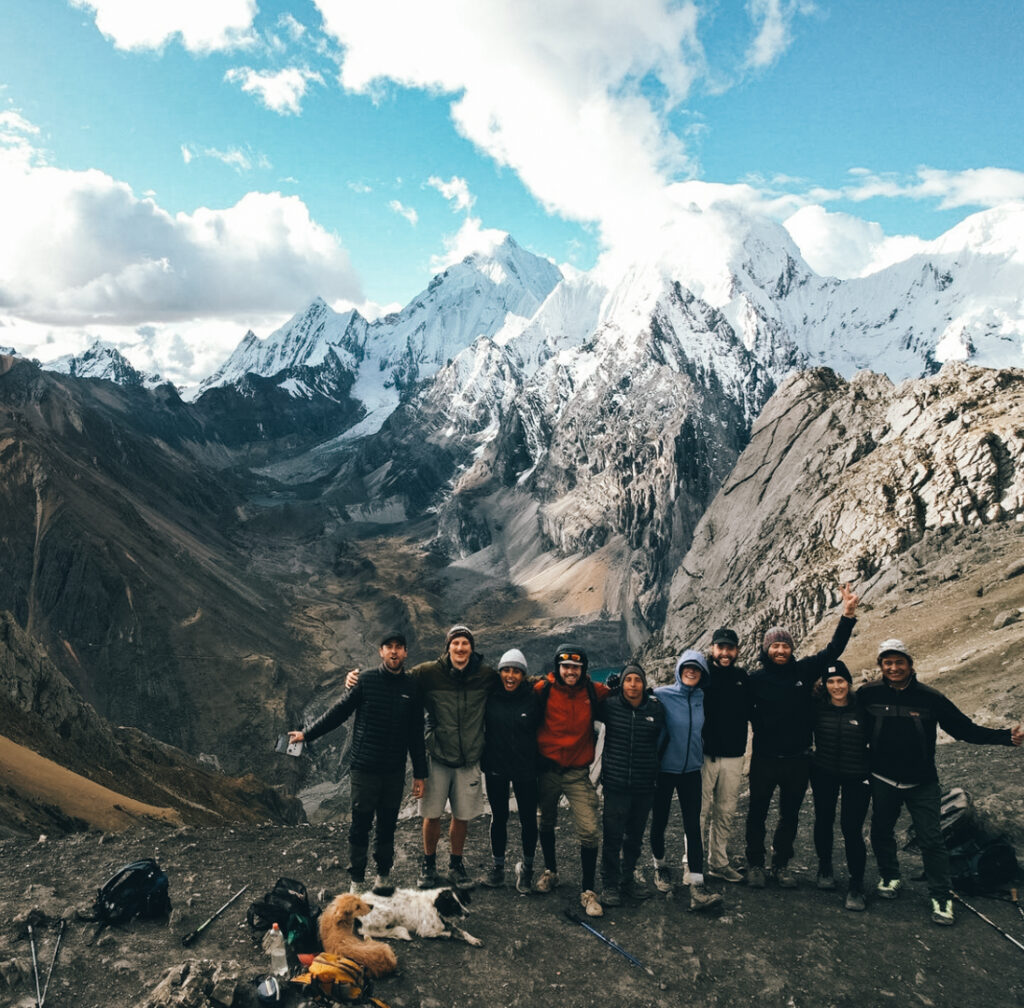
Huayhuash 8 day trek itinerary
Below is what you can expect day-to-day during an 8 day guided trek of the Cordillera Huayhuash. This is based off the itinerary I was given and completed. There may be slight variations if you go with a different company and definitely if you plan to trek on your own.
Day 1: Just drive
On the first day, there’s absolutely no hiking involved. Around 9/10 AM you’ll be picked up from your hostel/hotel in Huaraz and then drive about 5 hours to the first campsite. Along the drive you’ll stop in a small town called Llamac at a local restaurant for lunch. Menu del dia is about 10-15 soles and not included, so make sure to bring cash.
The first day is a great time to get acquainted with your group, especially if you don’t know anyone and get a taste of the camping situation for the next week.
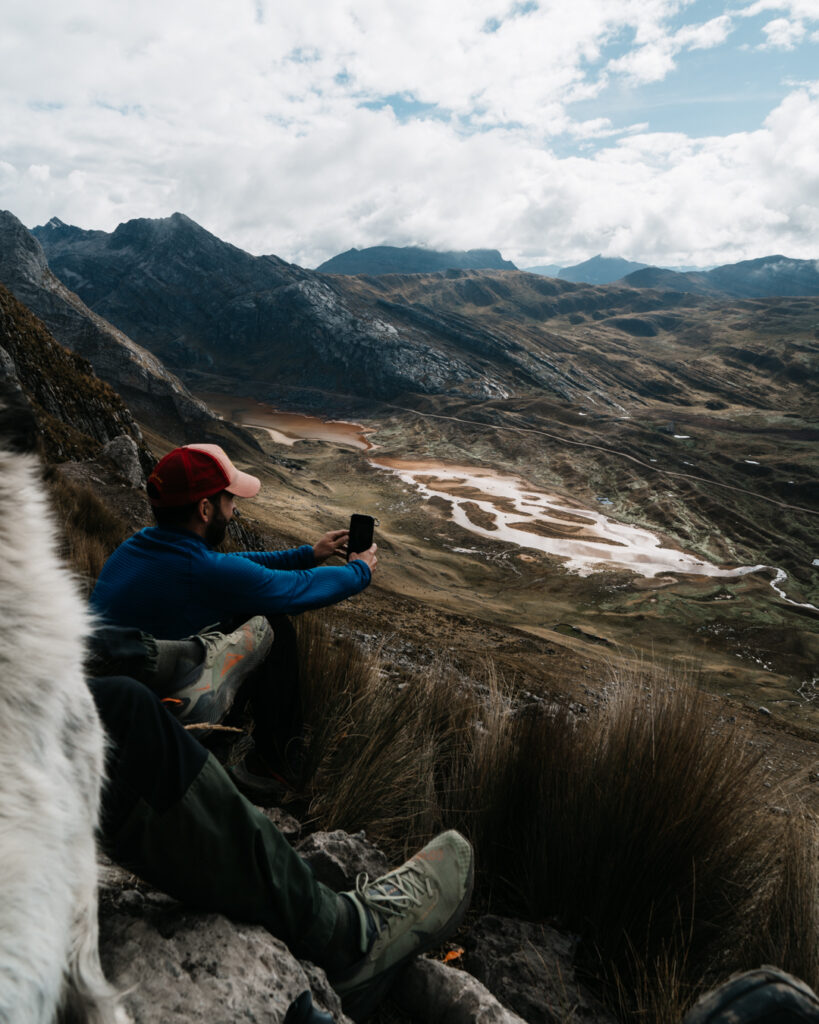
Day 2: Here We go
Bright and early you’ll begin the first day of trekking Huayhuash. It begins immediately with ascent to the first mountain pass. Depending on your mindset and how you’re dealing with altitude, it can be a breeze or quite difficult.
What I mean to say is that *most* people find it easier of all the passes because it’s a fresh start. I, on the other hand, found it difficult because I think starting is the hardest part of any trek. When you run into tiredness it’s all too easy to think, omg this is just the start how will I last. Obviously I completely discourage from thinking like this and rather to remember its a marathon not a sprint; you got this.
After the first pass, there is a second one but because its so gradual you don’t even feel like you’re doing a mountain pass. There’s also a lot of flat and down portions. Overall, Day 1 of Huayhuash is longer and covers a lot of ground but you’ll be rewarded with a stunning campsite at the foot of a glacier lake.
Day 2 stats:
- 18 kilometers (11.2 miles)
- 1,100 meters (3,608 ft) in elevation gain
- Roughly 7 hours of hiking
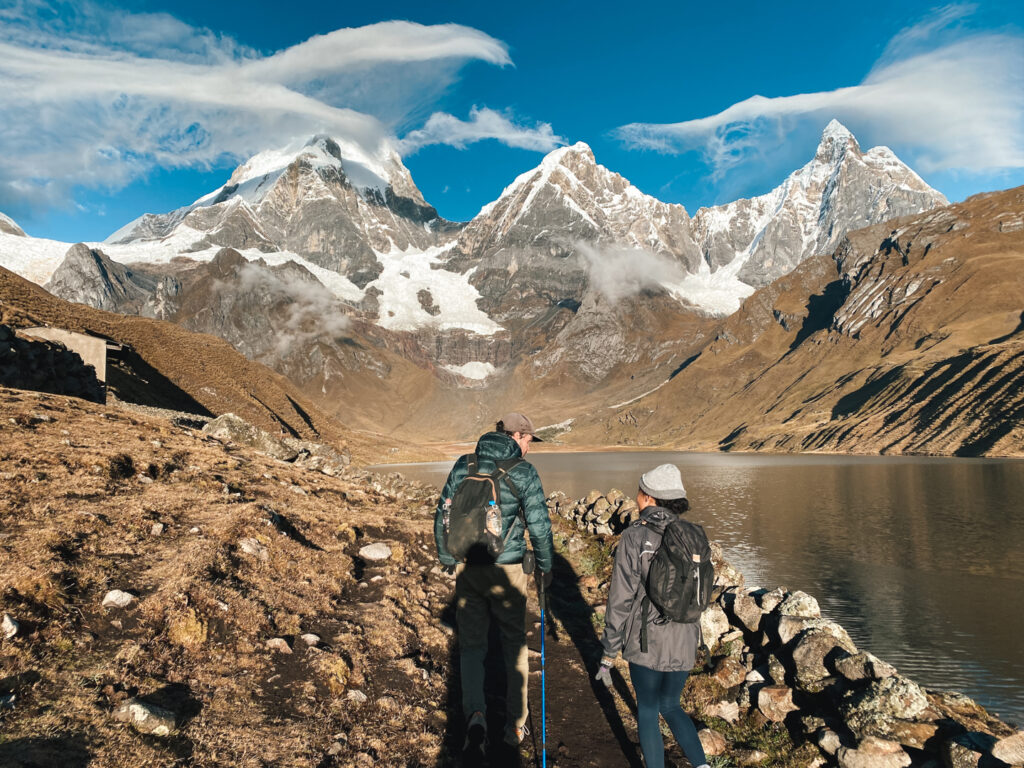
Day 3: The Three Lakes
On Day 3 you’ll begin a flat walk around the lake you camped beside and towards the first of three new lakes that you’ll see. At this first lake you can hike up to the ridge to see a stunning view of the blue water.
From here you’ll begin the mountain pass ascent. This is a pretty difficult one, but it does really pay off in views. Halfway through the incline, you’ll be rewarded with one of the most beautiful parts of the Huayhuash trek: Mirador de Tres Lagunas or the Three Lakes Viewpoint.
But you’re not done yet, after you take lots of photos and have a snack, you’ll continue the ascent up to the mountain pass. This is when I had to stick my airpods in so Bad Bunny could help me get up and over this bad boy.
After the mountain pass it’s all down and or flat to the next campsite.
Day 3 stats:
- 16 kilometers (10 miles)
- 700 meters (2,296 ft) in elevation gain
- 6-7 hours hiking

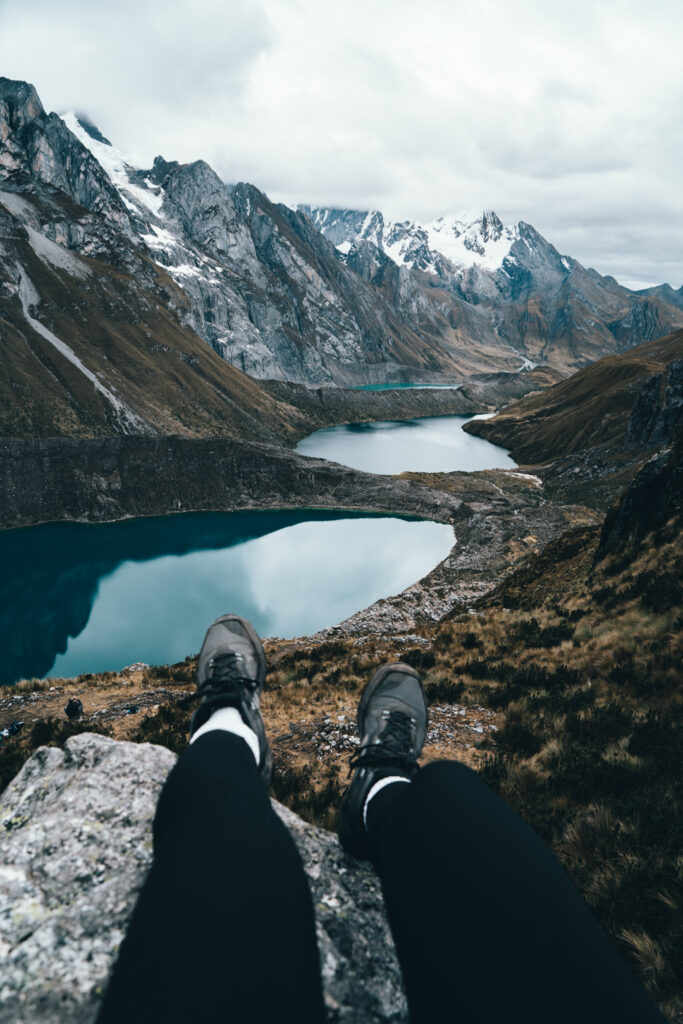

Day 4: The hardest day
You wanted to know which day is the most difficult? This is it. On Day 4 of the Huayhuash trek you’ll have the highest mountain pass at roughly 5,050 m, and then later you may or may not complete a second one at 5,000 m. To explain, I’ll tell you about my experience.
We started the first ascent which I’ll admit was so freaking hard. It didn’t help that it began with fog so thick you couldn’t see far in front of you which eventually turned into a windy snow storm. This meant with a group spaced out, hiking at different paces, I felt pretty alone at the back until our chef caught up and hiked with me (they make sure no one is left behind, and I was last).
At the top of the first pass you should have amazing views, however I wouldn’t know too much since we could barely see… After the pass though it’s down all the way to the campsite. Again, we only got glimpses of the views during descent, but if you have a clear day this should be an incredible scenery of blue lakes and brown, outlandish mountain peaks.
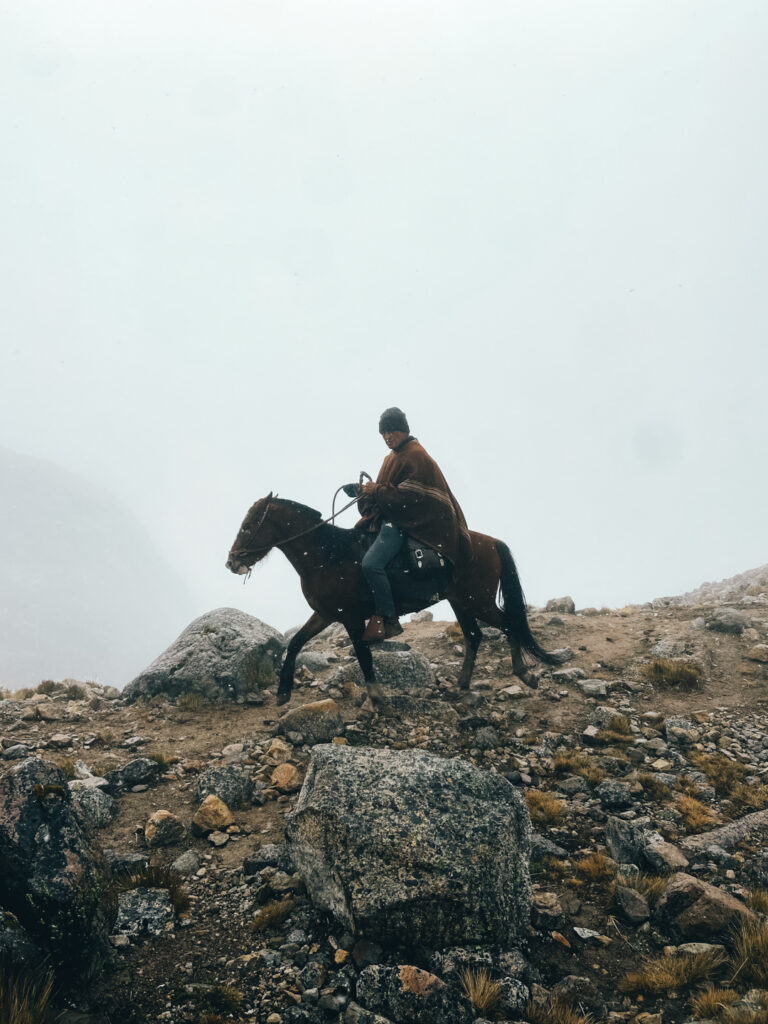
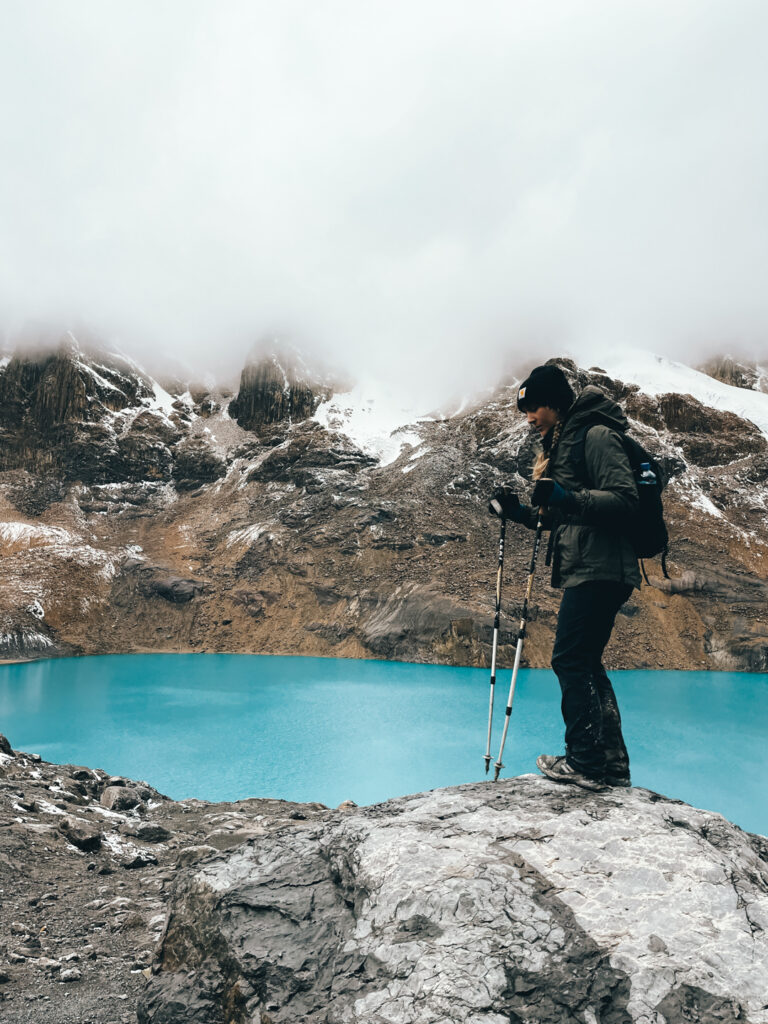

For as difficult as this mountain pass is, it doesn’t take too long and you’ll be at the campsite for lunch. Actually, because of the snow storm my group was so cold we barely stopped at all and made it to camp by 11 AM! For this reason, our guide gave us the option: do you want to do the second mountain pass, San Antonio, later that afternoon or the next day? It’s (in my opinion) THE most beautiful view of the whole trek, and our guide felt he could easily predict from the campsite if it would be clear at the top so we’d have nice views. He said if we waited until the following morning to do it, we might not be so lucky.
So, my group decided let’s go for it. We digested lunch and waited around for the clouds to clear. At about 3 PM, our guide said everybody up, it’s time, and we started the second ascent to San Antonio pass.
The climb there is only 1.5 hours but rough. I mean it’s really, really steep. But don’t give up because when you take the final steps and those mountains come into view, it’s one of the most rewarding feelings.
Day 4 Stats:
- 15 – 20 kilometers (9 – 12 miles)
- 700 – 1300 meters (2,296 – 4,265 ft) in elevation gain
- 5 – 8 hours of hiking
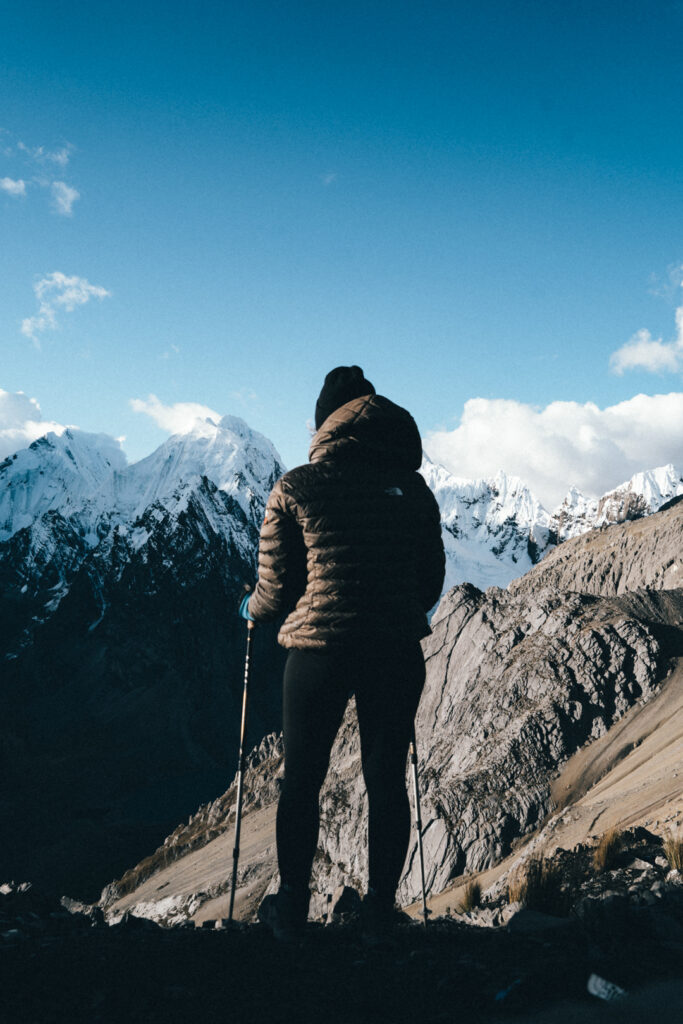
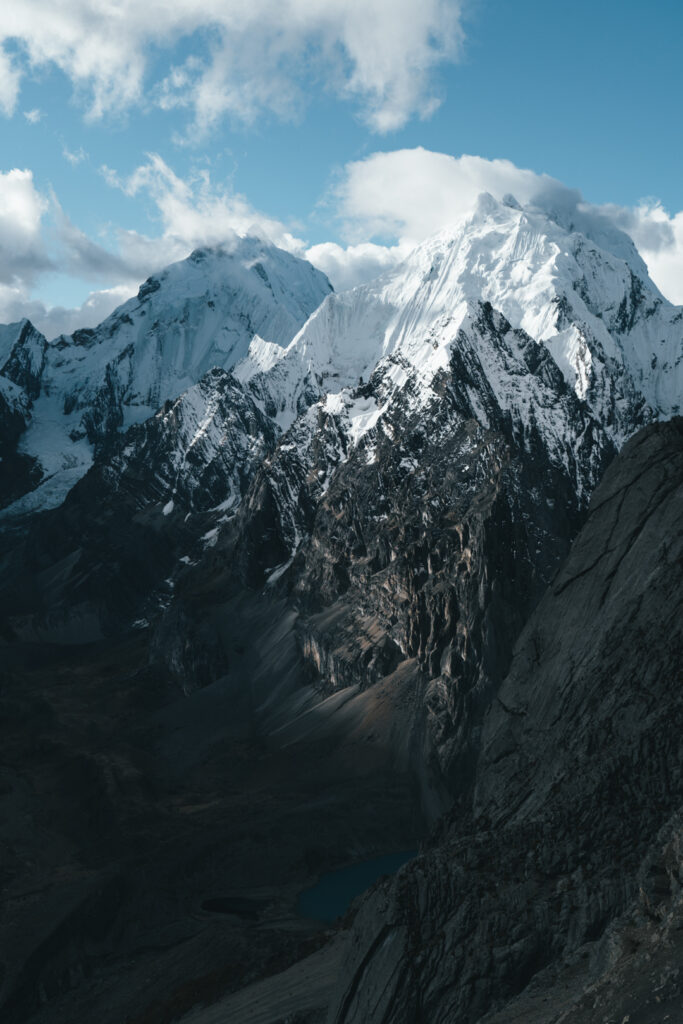
Day 5: A Breeze
If you’re like my group who completed San Antonio pass on Day 4, then you can expect Day 5 to be an absolute breeze. The hike doesn’t involve any mountain passes, it’s simply hiking down and flat all the way to the next campsite which is in a village, in a school’s grass “stadium.”
We arrived very early around 11 AM and practically had a much needed rest day that involved showering, laying in the sun, reading, playing soccer together and bonding over some drinks and games. I think we all needed this day to recover a bit and bond even more as a group.
Make sure to bring cash for this day if you want to have a shower or buy snacks and drinks.
Day 5 Stats:
- 16 kilometers (9.94 miles)
- -1000 meters (-3,280 ft) in elevation gain
- 4 hours of hiking
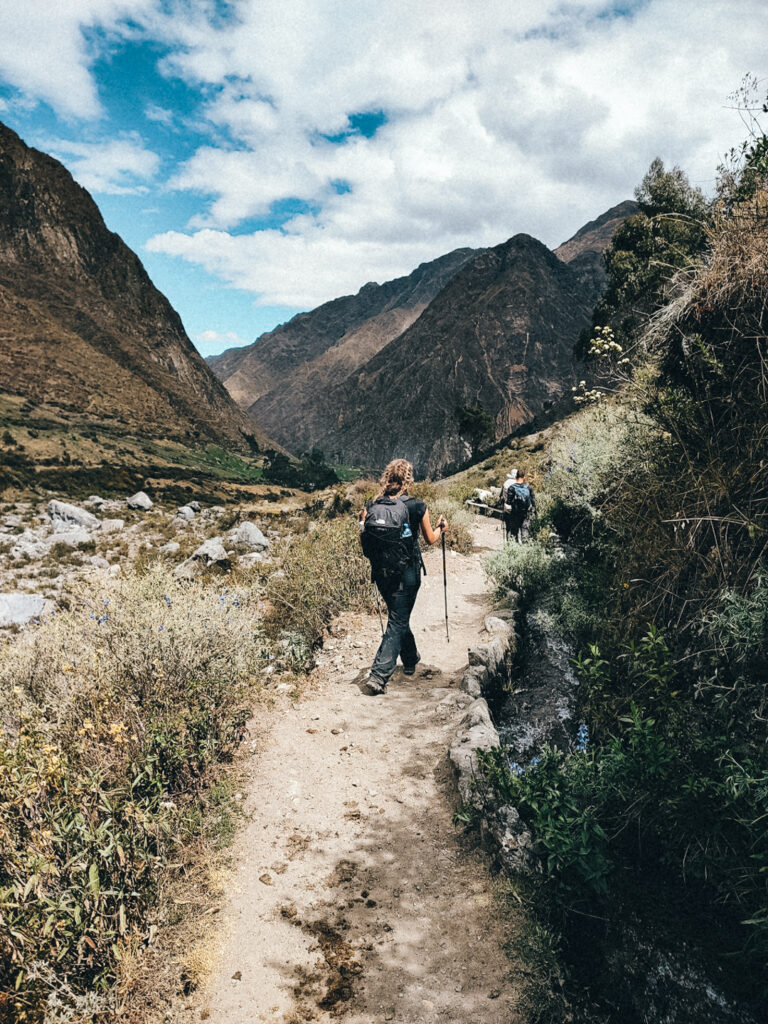






Day 6: Back up we go
In hiking, you may know that unless you’re at the end of the trail, what goes down usually has to go back up. So you guessed it, on Day 6 starting at 3,500 meters you’ll hike up and over a mountain pass at 4,800 meters.
With a 1,300 meter elevation gain, I was pretty nervous for this day but it actually ended up being the easiest ascent for me the whole trek. Probably something to do with feeling energized after an easy previous day, knowing that we only had two days more, and having a very hungover and slow guide.
However, this may have been a personal experience and a product of expecting the worst from such a big altitude gain. I would still rate this as a pretty difficult day.
Day 6 Stats:
- 13 kilometers (8 miles)
- 1,300 meters (4,265 ft) in elevation gain
- 6-7 hours of hiking


Day 7: An impressive Panoramic View
As I mentioned, I personally think San Antonio pass was the most beautiful view, but Day 7 comes as a close second. In fact, all tour companies will tell you it’s the most impressive day, and I have to say I would not want to miss this.
You know the drill, another day another mountain pass. I personally thought this one was pretty cool, even on the way up the rocky terrain felt other-wordly. Further along at the top, you’ll walk along the ridge of the pass and enjoy a 360 panoramic view of the cordillera.


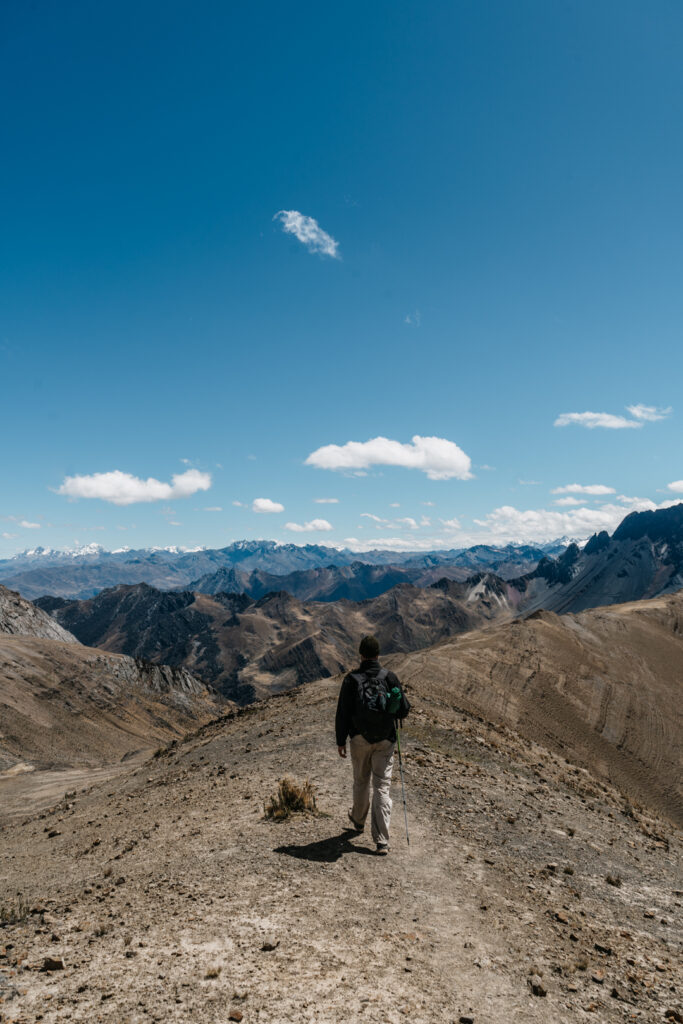



As you walk it just keeps getting better as your campsite slowly comes into view. It’s then a very steep descent down, a time my knees were very thankful for my hiking poles.
At the campsite you can continue on to the highest of the lagunas; my group opted to lay in the sun and drink beer instead.
Day 7 Stats:
- 16 kilometers (9.94 miles)
- 500 meters (1,640 ft) in elevation gain
- 5 hours hiking


Day 8: The final day!
Last day of the Huayhuash trek! Before you embark on a steep downhill though, you have one final mountain pass to complete. As you reach the top, it’s a wild feeling to know that you did it and bittersweet as you head down.
At the bottom you’ll wait for a bit and then have the same drive back to Huaraz.
A recommended end to your itinerary is to do as my group did, which was enjoy dinner and drunk karaoke that night before parting ways. After 8 days spent together, your group will nearly be family and it’s worth celebrating your trekking success together.
Day 8 Stats:
- 15 kilometers (9.3 miles)
- 700 meters (2,296 ft) up and then 800 down to the bus
- 5 hours hiking
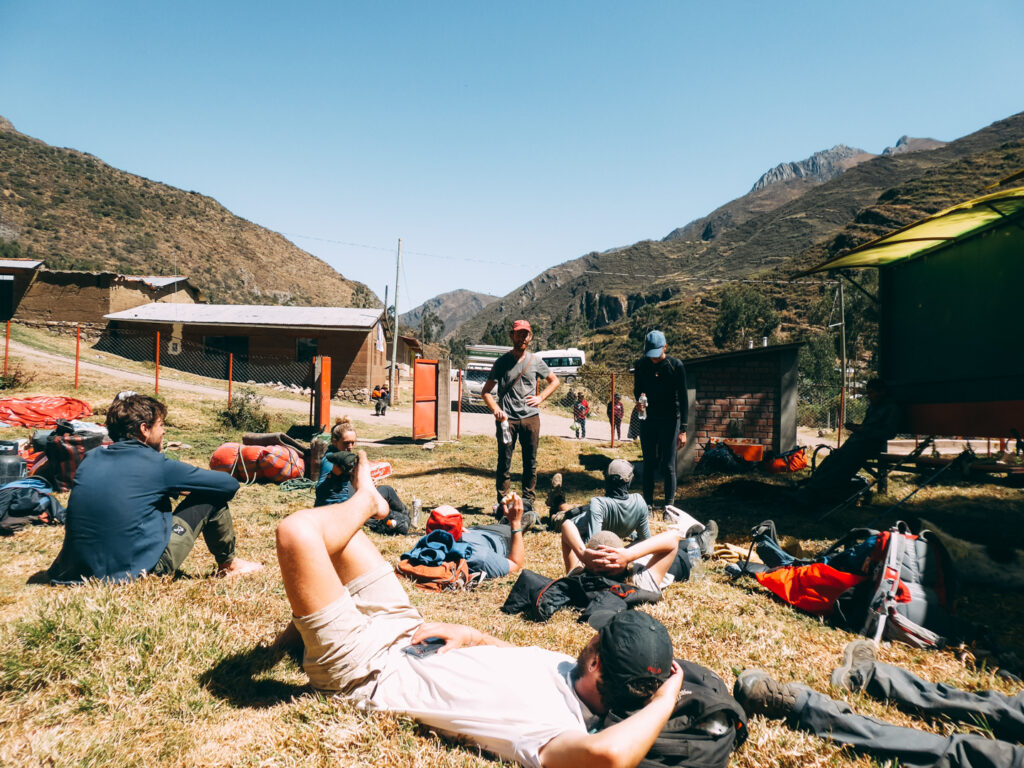

WHAT TO EXPECT TREKKING THE CORDILLERA HUAYHUASH
WHAT'S INCLUDED IN a GUIDED TREK:
Most tour operators include the same for the Huayhuash trek: a licensed guide with a first-aid kit, camping equipment including tents, sleeping mats, and sleeping bags, all of your meals provided (except for the first lunch at the restaurant in Llamac), all transportation, and mules to carry a bag with your belongings. Some tours (like with Krusty Hostel/Huayhuash Expeditions) will also include the park entrance fee and an emergency horse to ride just in case.
What’s not included is any clothing, hiking poles, hiking boots, travel insurance, personal items and a water bottle – although boiled water is provided throughout, you just need to bring a bottle.
WEATHER:
In terms of weather, expect it all. At night and in the morning you can guarantee it’s going to be frigid, with temperatures at or below freezing. During the day you can guarantee you’ll have everything from hot, to cloudy, to cold, to hail, and maybe even a snow storm (if you’re lucky like me…). My group joked that every day in our backpacks we needed clothes for all seasons, and the story of our lives was stripping and adding layers every other hour.
This is just how the climate is at high altitude, but to ensure the best weather it’s best to complete Huayhuash during the winter/dry season. More on that later. Regardless, it’s best to be prepared with different types of clothing and layers. Also, more on that farther down.
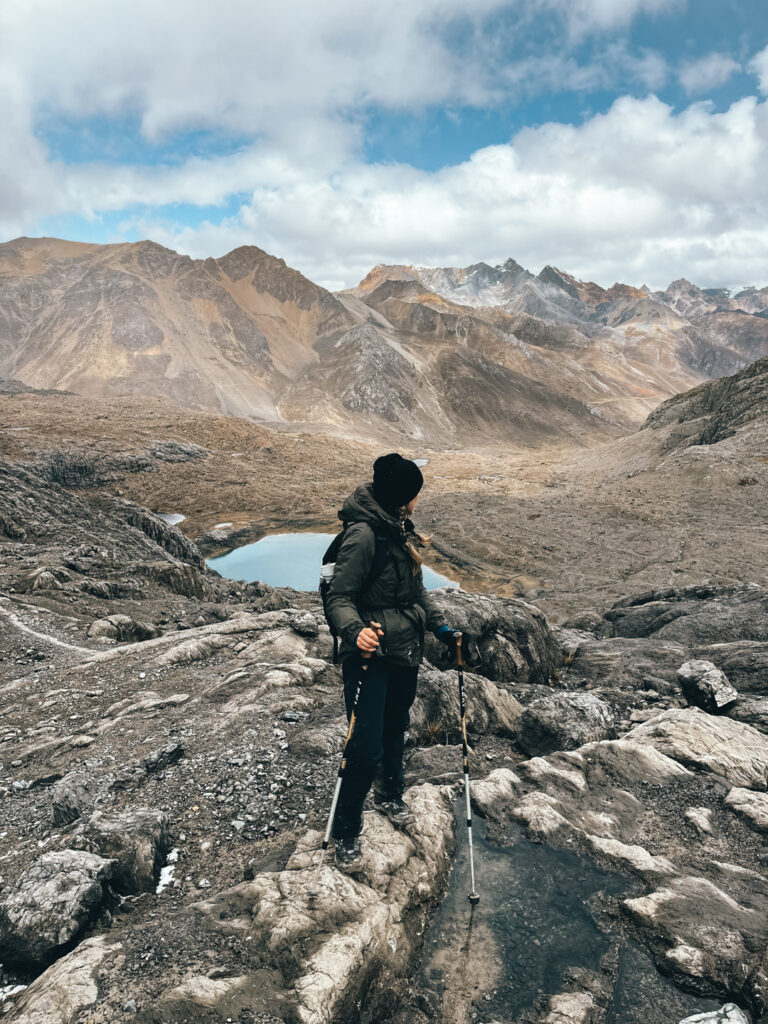





FOOD:
If you’re doing Huayhuash as a guided trek then you don’t need to worry about eating ramen and dehydrated food the whole trip. Group trips include a cook and so you’ll be spoiled by having all meals cooked for you.
In terms of food options, I would say you can expect pretty decent meals, however repetitive, with plenty of carbs and protein to sustain you for the week. Vegetarian options should be available, but make sure and double check before booking with a group and letting them know.
During my Huayhuash trek for breakfast we mostly ate bread with butter and jam accompanied with either cereal & yogurt, pancakes and once shakshuka. For lunch it varied between pasta or rice dishes with a protein and once ceviche. And for dinner, we always started with a hot soup followed by the main dish of also pasta or rice with a protein. Additionally, snacks for the trek were provided every morning (always cookies, a chocolate bar and one fruit) and after hiking we always had a tea time accompanied by a snack of usually popcorn but once chips and guacamole (my favorite day!!).
So if you’re wondering, should I bring any food? The answer is that you don’t need to bring anything substantial BUT if what I just described isn’t to your liking then I would definitely pack some extra snacks. Personally, I packed some nuts and candy gummies for everyday just in case I was ever hungry or wanted a sugar boost.


CAMPING:
As you can imagine, during Huayhuash you won’t be staying anywhere luxurious. You’ll be camping in tents throughout the entire trip except for one night where a hostel is optional. I was worried about being really cold, but my tour company, Huayhuash Expeditions, provided excellent tents and sleeping bags. Combined with the warm layers I packed, I was pretty toasty while sleeping.
Fortunately, at every campsite there are toilets; not always the most clean, but they did provide some privacy compared to having to try and shit outdoors in the fear that someone can see you.
In terms of showers, there aren’t any except for on Day 5 when you either camp in the village or stay in the hostel available. To freshen up throughout the trek, I brought wet wipes and after every day of hiking I would wipe myself down before putting on my clean pajamas or camp clothes.
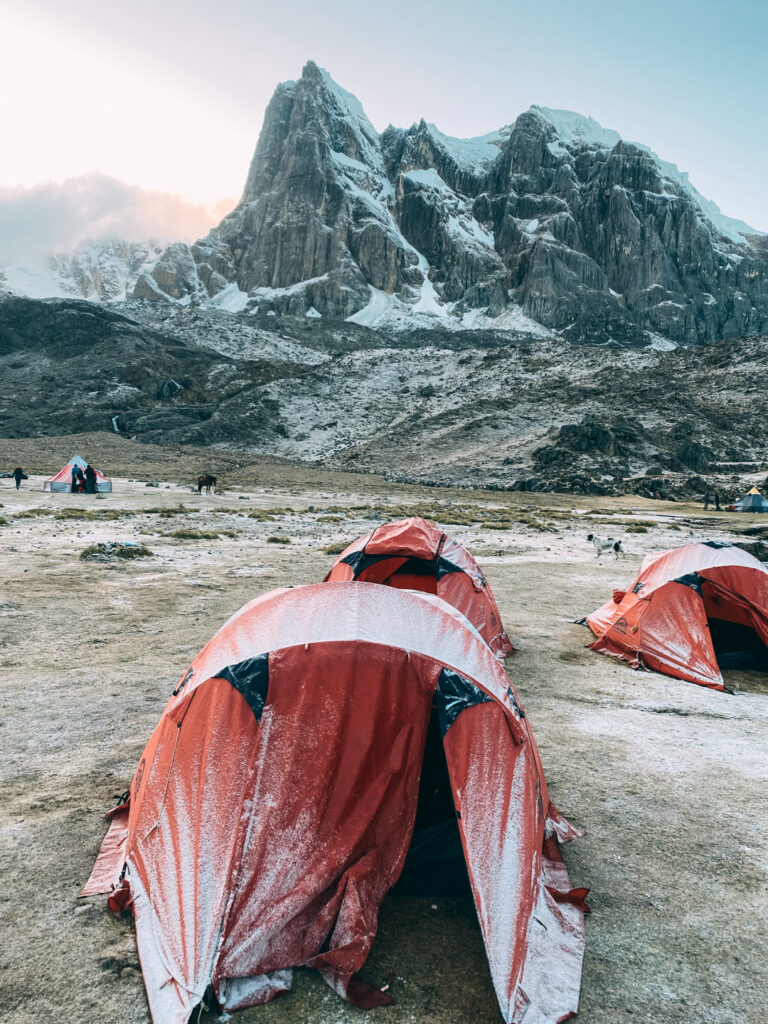





Privacy & Safety as solo female traveler:
Because you’ll be in a group, you don’t have to worry too much about safety during the Huayhuash trek. It’s unlikely you’ll ever be completely alone or encounter animals, and should you get injured there’s a first aid kit and emergency horse available. I also recommend getting travel insurance just in case.
But if you’re joining a random group as a woman alone, you may also be thinking what about the people in my group and what about sharing a tent with a stranger. This is a valid concern since you never really know and unfortunately uncomfortable situations can arise anywhere, especially when sleeping next to someone you don’t know.
If you’re really worried, it may be possible to request a private tent, however I actually do not recommend this because sharing a tent can actually be really fun (you have someone to laugh with through the suffering of cold mornings) and having another person in the tent can keep you warm at night.
Instead I recommend pairing up with another woman if you can. When booking your group, you can request to see the list and ask if there’s another solo female traveler.
However, if this is not an option, then try to pair up with someone you feel most comfortable around. When I did Huayhuash, there were two other women in my group but they both came with their partner so I knew immediately I was going to have to share a tent with one of the other five guys in my group. Not to sound psycho, but rather honest, I totally scoped them out on the drive there and as we were setting up first camp. Of course you can’t know a person after an hour or two, but talk and make friends and whoever seems like someone you vibe with (and honestly feel safe around) that’s who you ask to share a tent with. Use the spidey senses ladies.
As a disclaimer, I want to finish this section by saying all the men in my Huayhuash group were respectable people who I all really liked. However, I’ve been in other uncomfortable situations in the past so it seems worth it to mention this “tip” for those who may be worried about it.
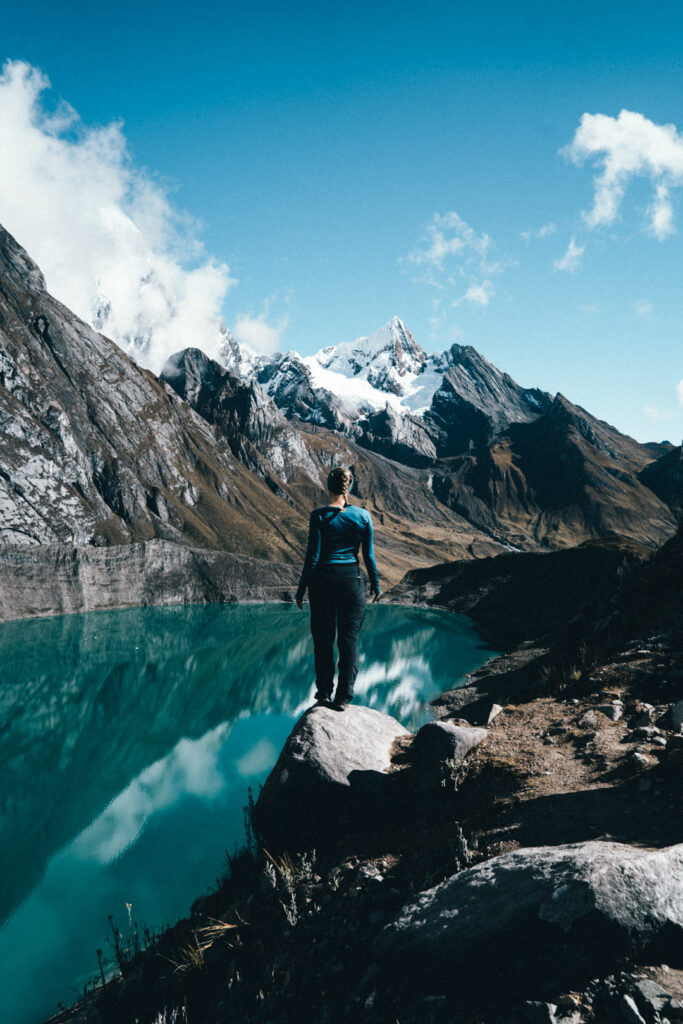

HOW TO FIND A GROUP
& WHERE TO BOOK YOUR HUAYHUASH TREK
When to book your trek
It’s tempting to think that for a big trek like Huayhuash you should book it in advance on the internet in order to save your spot. But I actually really discourage this. Rather, I suggest arriving in Huaraz a little earlier, not only to acclimate and enjoy other day trips, but also to book your trek there in person.
By waiting to book in person you have the opportunity to meet others and possibly form your own trekking group, plus it’s WAY cheaper in Huaraz. For most tours in Peru, when you book online vs. in person it’s almost always a double price difference. Huayhuash is no different. Online you’ll find the Huayhuash trek for upwards of $700 USD or more, while in Huaraz you can join a group for $380 – $500 USD.
Private vs. random group
When booking Huayhuash, you have two options: first to form your own group of friends and book a private group, or second to join a random group of other travelers. While I met a lot of friends in Huaraz to join me for day trips, I didn’t meet anyone interested in the 8 day Huayhuash trek and so did the second option by joining a random group.
While this sounds daunting especially as a solo traveler, don’t be discouraged if this happens to you too. My group was so incredible and we bonded so much through those 8 days. I really couldn’t have asked for a more hilarious and supportive group of people of whom I’m still in contact with later on.
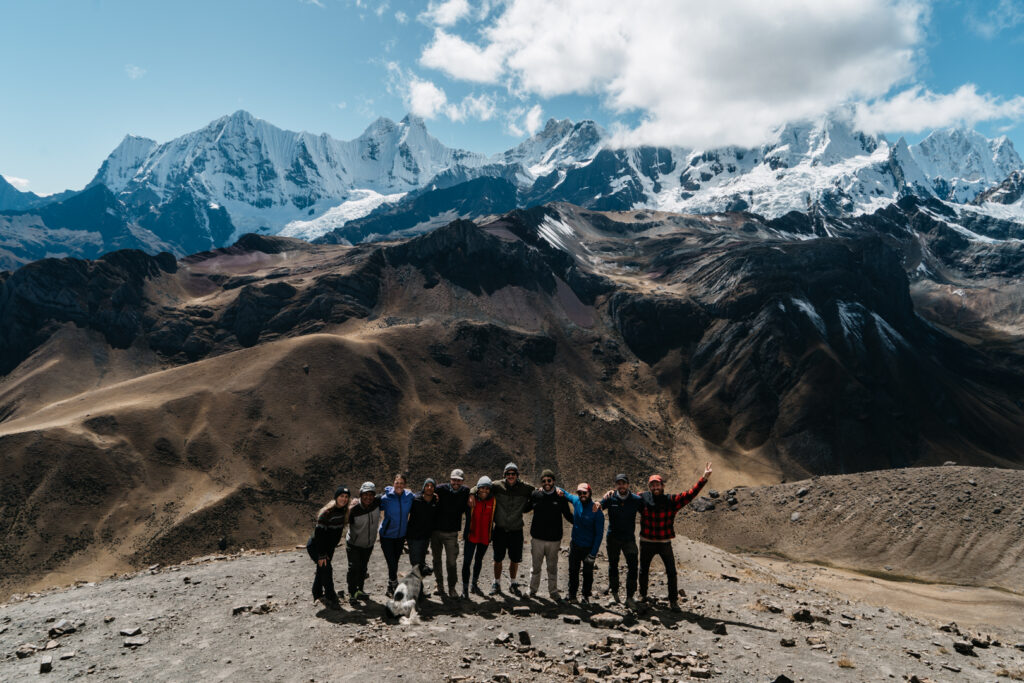

The best tour company for Huayhuash
There are many tour operators in Huaraz who offer the Huayhuash trek. After shopping around a ton, I found that the best option was booking through Krusty Hostel which uses Huayhuash Expeditions. They were highly recommended and had the cheapest price at 1500 soles, roughly $380 USD (for whatever reason, this price applied only when I booked through Krusty Hostel, not when directly whatsapping a Huayhuash Expeditions guide who gave me a much higher price).
After trekking with Huayhuash Expeditions for both Santa Cruz and Huayhuash, I can say I was extremely pleased with the gear, my guide, the group, and the entire experience. They included a few extras compared to other companies like a spacious duffle bag so you can bring plenty of warm layers, an emergency horse and the entrance fee to the park.
My guide for Huayhuash was also patient, encouraging and professional. Plus, Krusty Hostel is a popular place to book tours so you have a good chance at being paired with fun people and fellow backpackers. Like I said, I had the best group I could have possibly asked for, especially going into it not knowing a soul. We were practically family by the end of the week.
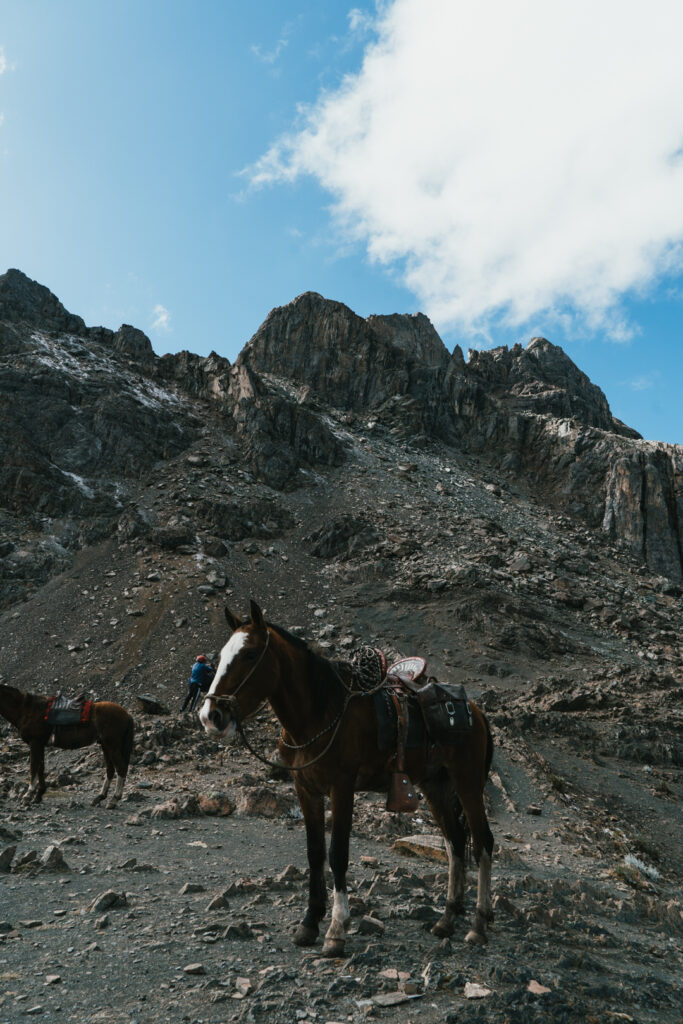

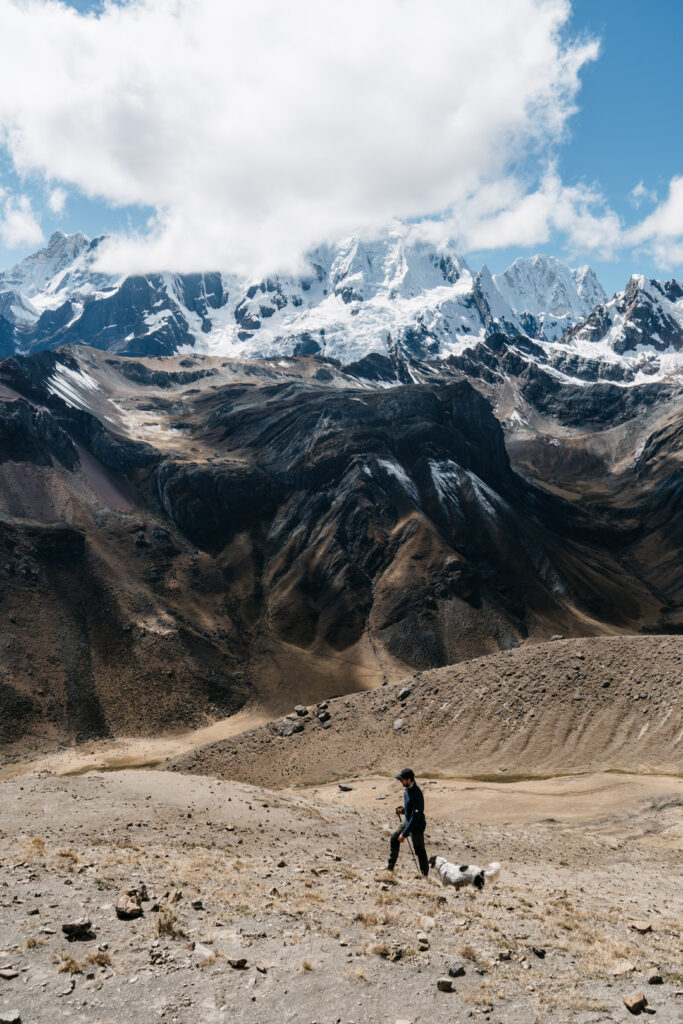



WHEN IS THE BEST TIME TO DO HUAYHUASH
The best time to do the Huayhuash trek is from May to September. This falls during Peru’s winter but it’s also dry season which means you’ll mostly avoid rain and snow during hiking. Of course at high altitude, you never know with the weather, but during these months the conditions are generally best.
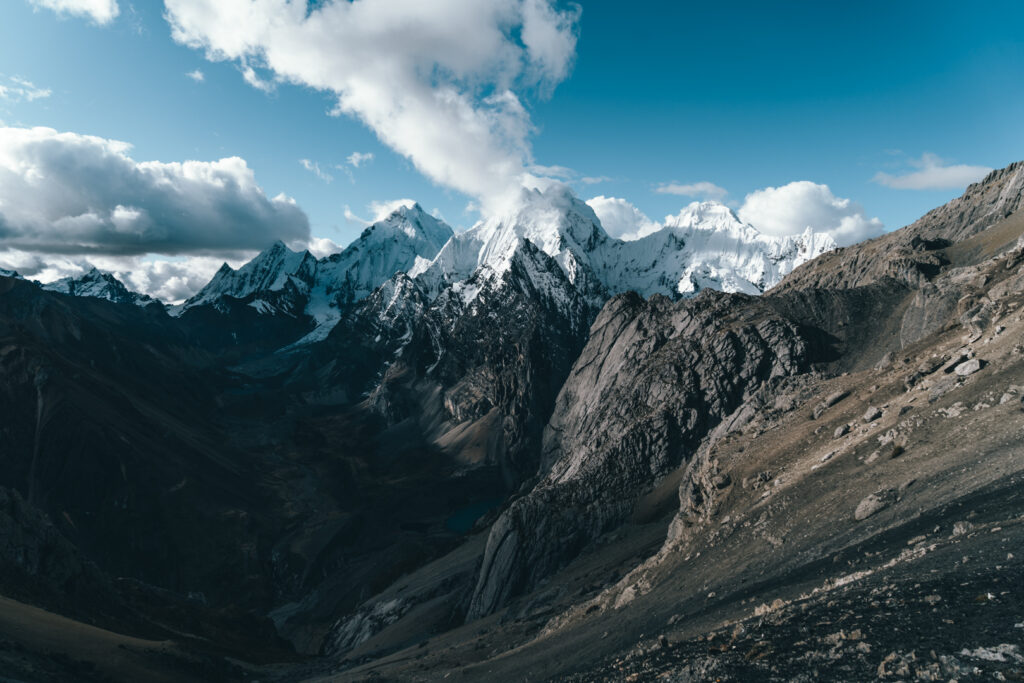

HOW TO PREPARE FOR THE HUAYHUASH TREK
Physically & with the altitude
As I mentioned previously, I didn’t really do any “technical” training for Huayhuash, however I did several high altitude hikes to prepare. I really believe this made a huge difference for my stamina and definitely acclimating.
Some recommended day-hikes you can do are Laguna Churup, Laguna 69, Laguna 513, and Laguna Llaca. The 4-day Santa Cruz trek is also a great way to prepare if you have the time. You can learn more about all these hikes in my Huaraz guide here.
But whichever you choose, if you’re coming from sea level I would recommend 3 days to acclimate in Huaraz and to do a few other physical activities before Huayhuash.
And by the way, if you’re wondering wtf is acclimating… Let me explain. Basically there’s less oxygen at higher altitude levels and your body needs time to get used to functioning while using less oxygen aka acclimatization. Especially if you’ve never been at a higher altitude like this, you can expect feeling more fatigued much easier, having headaches, getting dehydrated quicker and if you get altitude sickness you can have other symptoms like nausea and diarrhea.
Even after acclimating in Huaraz, you still might feel symptoms during the Huayhuash trek. The best you can do is pack medication to treat symptoms (listed below), stay really hydrated, and hike slowly listening to your body. If you get really sick, of course tell someone in your group and your guide.
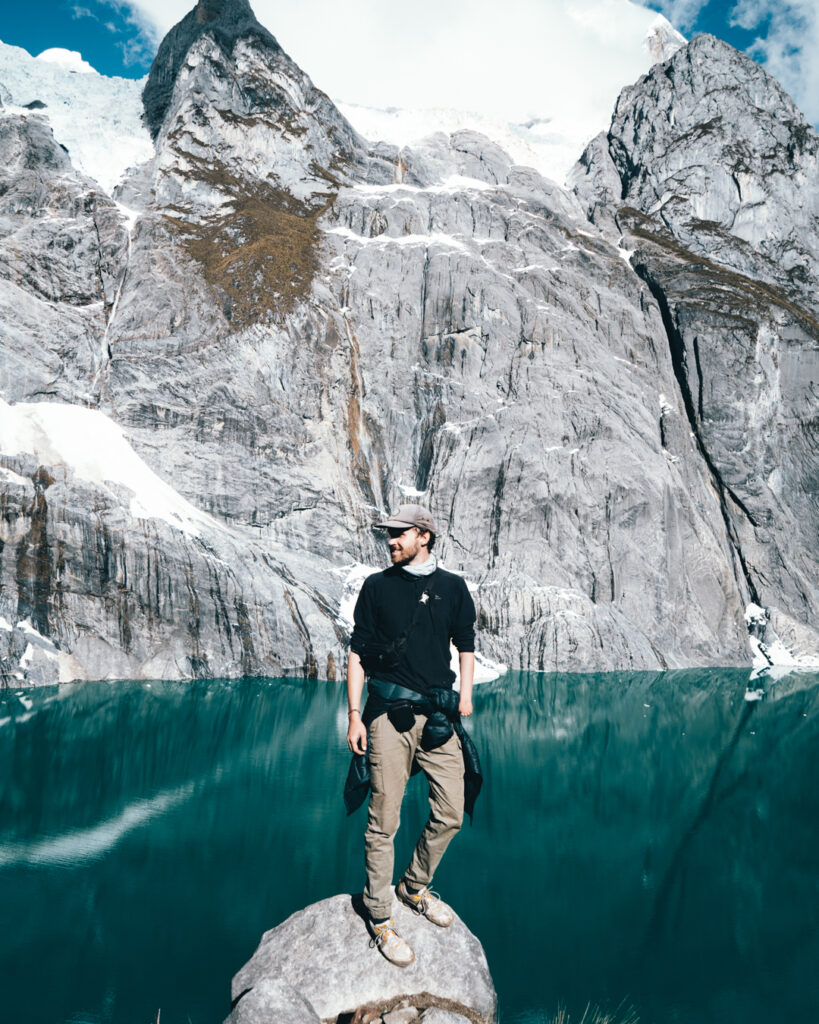

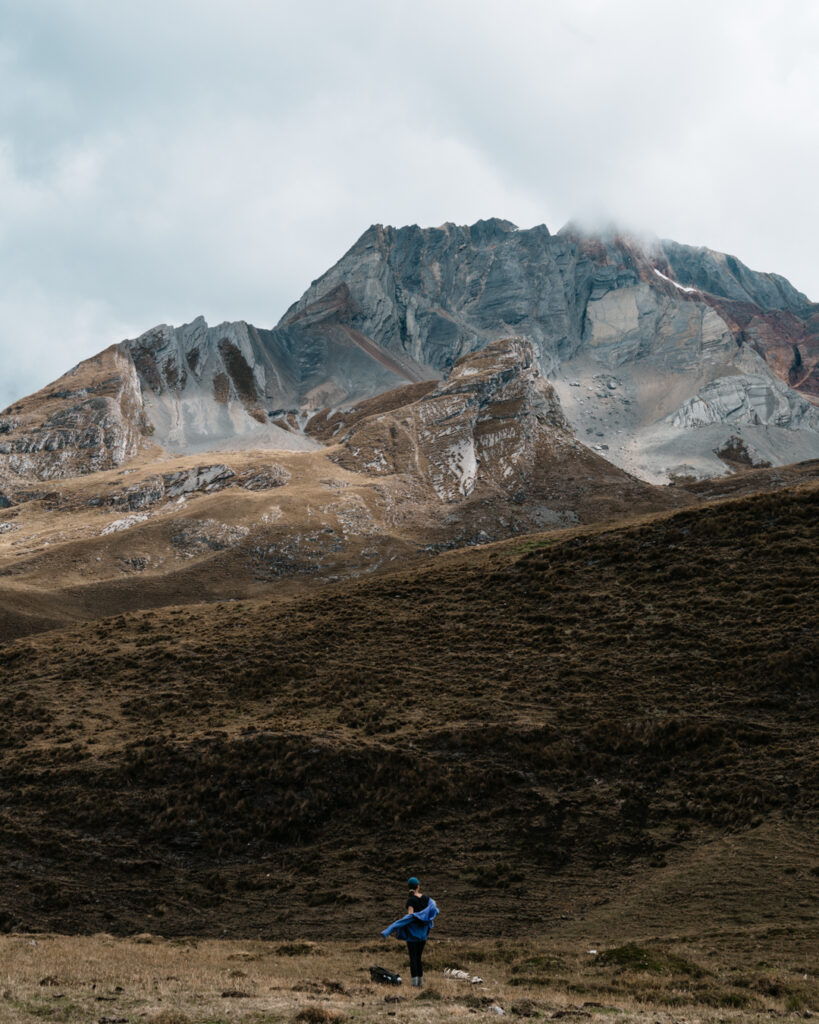

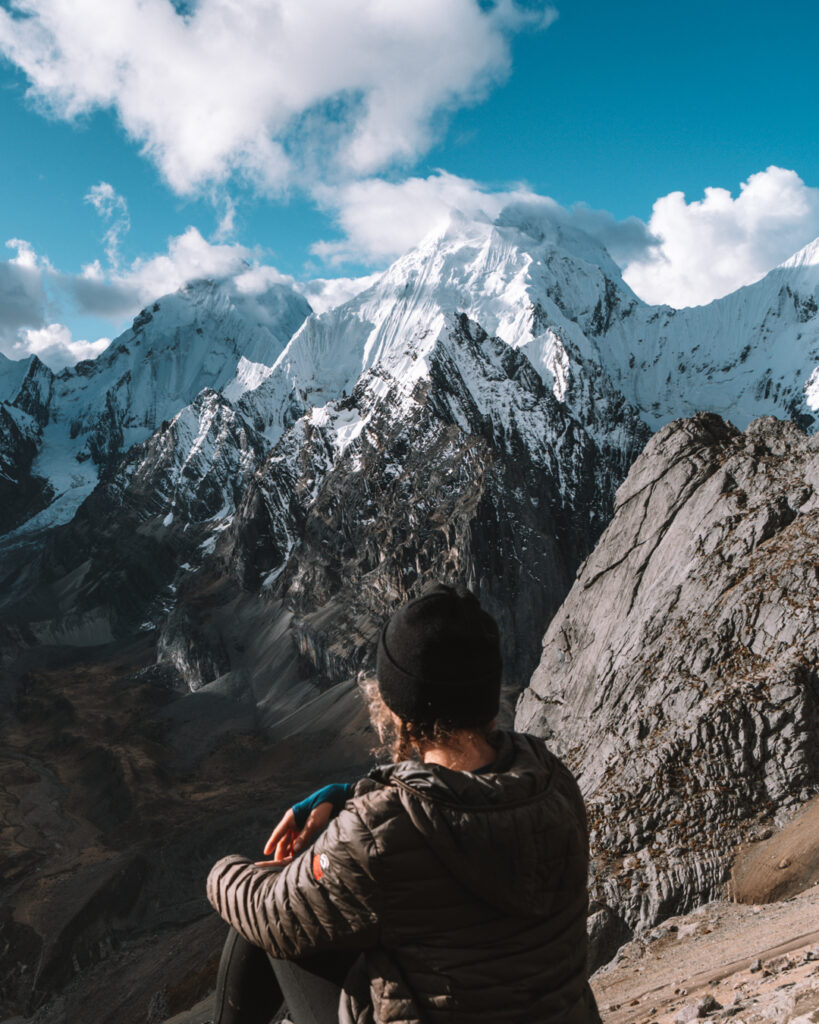

What to Pack for Huayhuash
If you’re joining a guided group, the company should provide all the equipment like a tent, sleeping mat, sleeping bag, and food. Therefore you’re really only responsible for bringing clothes & personal items.
Here’s what I recommend bringing along with links if you’re looking for suggestions:
- Breathable hiking clothes for cold & moderate weather
- Thermal base layers for nighttime
- Warm top layers for camping
- Sweater, pants, socks (authentic alpaca wool from Peru is a good option! They have so many cute sweaters, ponchos, hats gloves, & scarves in Huaraz)
- Jacket for warmth
- Rain jacket
- Beanie, gloves, neck gaiter
- Baseball cap
- Sunscreen
- Bugspray
- Supportive hiking boots
- Hiking socks
- Camp shoes
- Reusable water bottle
- First aid kit
- Altitude medication (Acetazolamide, or Diamox – very different from solely a supplement), imodium, nausea meds, ibuprofen, & electrolytes
- Microfiber towel
- Pillow (for camping)
- Flashlight and/or head lamp
- Hiking poles (bring your own or rent them in town)
- Kindle (a lot of downtime in the afternoons)
- Supportive backpack – the mules will carry your bigger bag (a duffel should be provided) but you’ll carry a day pack of water, extra layers and snacks while hiking
- Waterproof backpack cover
- Camera gear to capture the amazing views!
- Portable charger and/or solar charger – no outlets during the trek
- Wet wipes to freshen up after the hike
- Any toiletries – keep it to a minimum but for skincare I suggest bring your hydrating routine because high altitude and harsh winds dry out your skin so much
- Toilet paper (seriously don’t forget this)
- Chapstick
- Diva cup (it’s not fun being reliant on tampons in the wilderness)
- Hand sanitizer
The most important thing is having layers to stay warm at night, and with the duffle bag provided you don’t have to worry about light clothing to carry so don’t hold back on the fleece.
Also note that you don’t need a fresh hiking outfit for every single day. It makes much more sense to re-wear clothes which sounds gross but everyone does it so F it. To feel clean it’s more important to bring a change of undergarments, undershirts, socks, and to never mix what you sleep in with what you hike in.


Random tips for Huayhuash
Saving your battery
You won’t have any access to outlets during the Huayhuash trek, so if you want your phone/camera fully charged for photos then make sure to conserve your batteries. You can do this by keeping your phone in airplane mode at all times (there’s no service or wifi anyways), turning your phone off at night, putting anything with batteries in your sleeping bag at night (the cold drains batteries) and by using your camera/phone as little as possible.
Throughout Huayhuash, I used my phone and camera to take photos and that was about it. I didn’t even waste precious battery flipping through photos. Also if you have a portable charger, definitely bring this.
In combination with my portable charger and conserving my batteries, I was able to have enough charge on my camera and phone for the full 8 days. It’s crazy how much it lasts when you’re not scrolling through Tik Tok all the time…


Optimize Your Day Pack
During the day you don’t have access to your big bag, so make sure anything you may need while hiking is in your day pack. This includes water, snacks, clothing in case of a weather change such as a rain jacket or extra layer, sunscreen, sunglasses, hat, tampons/diva cup, toilet paper/tissues, and altitude meds should you get sick while hiking.
Bring something to keep you entertained
Tough mornings of hiking are usually followed by slow afternoons during Huayhuash. With no wifi in the middle of the wilderness, you might even find yourself being bored – in a good way. I entertained myself by hanging out with my group, reading, and sometimes doing yoga.
I would anticipate this time and bring something like a book or Kindle, journal and pen, a deck of playing cards or another game, or maybe pre-downloading some movies on your phone. Personally, I didn’t watch anything on my phone because I wanted to conserve battery for photos but if you have a big enough portable charger or don’t care much about photos you could do this. I did however pre-download music and podcasts for listening which use less battery.


Hike at your own steady pace
I mentioned it before, but I was by far the slowest in my trekking group. However, I stopped caring because I soon found that if I tried to keep up with other’s pace, I just got really tired and had to take a long break to catch my breath. It was much more sustainable to keep my own steady and consistent pace.
When you hike Huayhuash, remember it’s a marathon not a sprint. Do you, just keep going.
Figure out hairstyles that work for you beforehand
8 days of trekking with no showering can make your hair really annoying especially if it’s long. I anticipated this and brought a headband, plenty of hair ties so I could braid it, and a hat. I also washed it the night before leaving so that it was the most fresh to start. I recommend doing the same and finding hairstyles that work for you, keeping in mind your hair will be dirty a lot of the time.
Wet wipes to stay clean
Like I said, you’ll only have a shower one night out of the 8 days so if you’re like me and hate feeling dirty, bring wet wipes to freshen up. There’s also no trash around and you don’t want to litter, so bring a plastic bag to put dirty wipes in.



TRAVEL INSURANCE for huayhuash
Travel insurance is always a must to cover things like trip cancellation or changes, lost or stolen items, and medical emergencies. When doing adventurous activities like the Huayhuash trek, I would say it’s even more essential.
The problem with travel insurance while trekking is that most insurance companies have a cut off for any activities above a certain altitude. Usually around 3 or 4,000 m, well below the altitudes of the Huayhuash trek. Meaning, if you get injured during the trek, they won’t cover your bills.
For that reason I recommend World Nomads travel insurance which is made specifically for adventurous backpackers – specifically their Explorer package.


How to Get to Huaraz to start Huayhuash
As I mentioned, the Huayhuash trek begins in Huaraz, Peru which is about 400 km (250 miles) north of Lima. Most people traveling to Huaraz from outside Peru will first need to fly into Lima then go to Huaraz.
Huaraz doesn’t have an airport so the only way to get there is to drive yourself or take a bus (the most popular and most practical option for most).
HOW TO GET TO HUARAZ FROM LIMA
To get to Huaraz from Lima, you can take an 8-9 hour bus. It’s possible to depart during the day, but the most popular option is to book a night bus so you can sleep (hopefully) the entirety of the trip.
There are a number of bus companies to book with such as Movil, Civa and Cruz del Sur. For easy booking and comparing prices, you can search and book your ticket on Busbud.
When choosing your ticket, note there are different seating options based on seat reclining degrees and other factors. For example, cheaper seats only recline 140 degrees whereas premier seats recline 180 degrees, similar to a bed for better sleep – a game changer on those overnight trips.
Ticket prices are typically around S/100 ($25 USD) depending on when you book and which seat you choose.
After arriving in Huaraz by bus, you can walk or take a taxi to your accommodation.
If traveling the other way from Huaraz to Lima, the process is the same.
HOW TO GET TO HUARAZ FROM TRUJILLO
To get to Huaraz from Trujillo, you can also take an 8 – 9 hour overnight bus which can be booked with Movil or Linea. For easy booking and comparing prices, you can search and book your ticket on Busbud.
When choosing your ticket, note there are different seating options based on seat reclining degrees and other options. For example, cheaper seats only recline 140 degrees whereas premier seats recline 180 degrees, similar to a bed for better sleep – a game changer on those overnight trips.
Ticket prices are typically around S/65 ($17 USD) depending on when you book and which seat you choose.
After arriving in Huaraz, you can walk or take a taxi to your accommodation.
If traveling the other way from Huaraz to Trujillo, the process is the same.
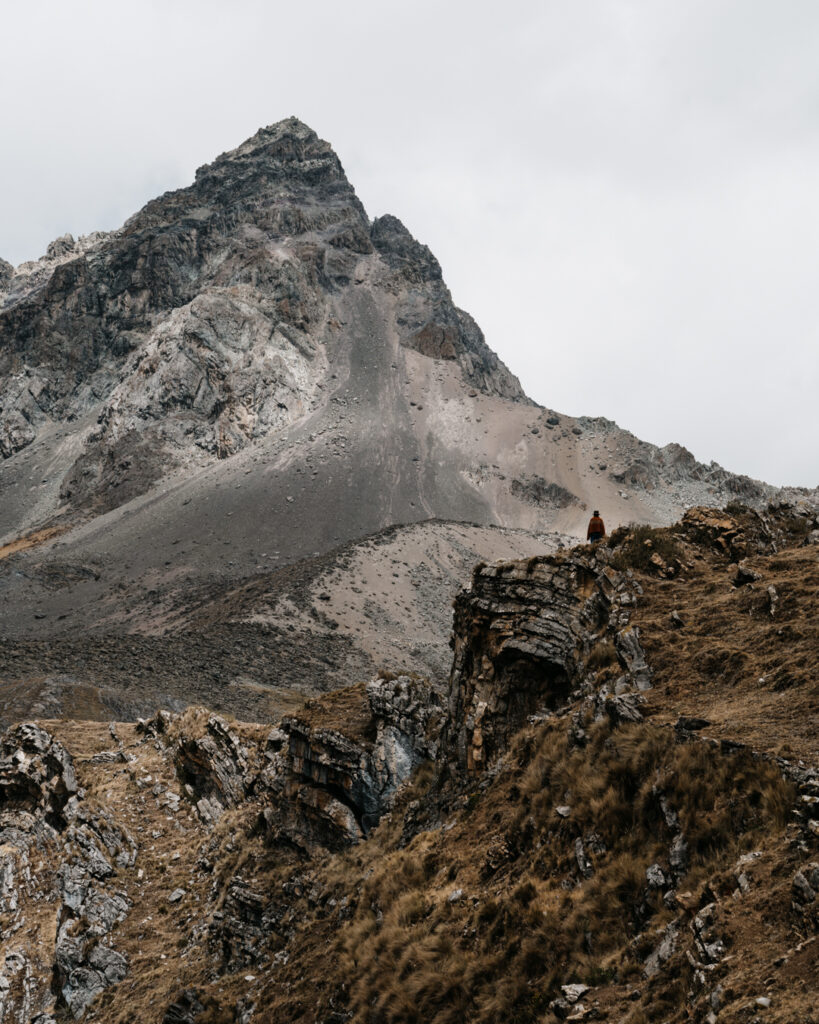

And that’s it! If you’ve made it this far, thank you for reading. This was a long and extensive guide for the Huayhuash trek, but I really wanted to answer all the questions I had myself, especially as a solo female traveler, before completing this challenging trek.
If you found this helpful or end up completing Huayhuash yourself, I’d love it if you leave a comment so I can congratulate you. This is a bucketl ist item you should absolutely be proud of.
Make sure to check out my other resources for Peru and South America. Happy traveling!
More Resources for Your Trip to Huaraz:
Accommodation RECOMMENDATIONS
Budget $: Krusty Hostel. A comfortable B&B that was very helpful in booking all tours and meeting other people. Search for availability here.
Mid-Range $$: Selina. Stylish and comfortable stay with dorm & private rooms available in addition to a spacious kitchen, yoga studio and courtyard. Search for availability here.
If these aren’t available or to your taste, you can search more on Hostelworld and Booking.com
Flight to Peru
Flights to Peru are typically cheapest to Lima, and this is the closest international airport to Huaraz. To get the best prices I recommend using Skyscanner.
Bus to Huaraz
To find the best prices and most convenient trip to Huaraz, I recommend searching on BusBud.
Travel Insurance
I recommend WorldNomads for adventurous backpackers in Peru. You can search for coverage here.
Things to do in Huaraz
There are many day trips to do in Huaraz such as Laguna Paron, Pastoruri Glacier, Nevado Mateo, Laguna 69 & more. Read my full Huaraz guide here to learn more about these trips & more.
Related posts
-
The Different Ways to Visit Machu Picchu Explained
Visiting Machu Picchu, one of the 7 new wonders of the world, is practically on everyone’s buc...
Destination Guides Peru -
What to Bring Trekking in Peru: An Easy Packing List
On a trip to Peru, it’s likely you’re doing at least one multi-day trek whether it’s the Inca Trail,...
Packing Essentials Peru -
Peru’s Huayhuash Trek: Ultimate Guide by a Solo Female Traveler
Named one of the 10 most beautiful treks in the world, the Cordillera Huayhuash circuit should absol...
Destination Guides Peru
Liked this post? Share & save it on Pinterest
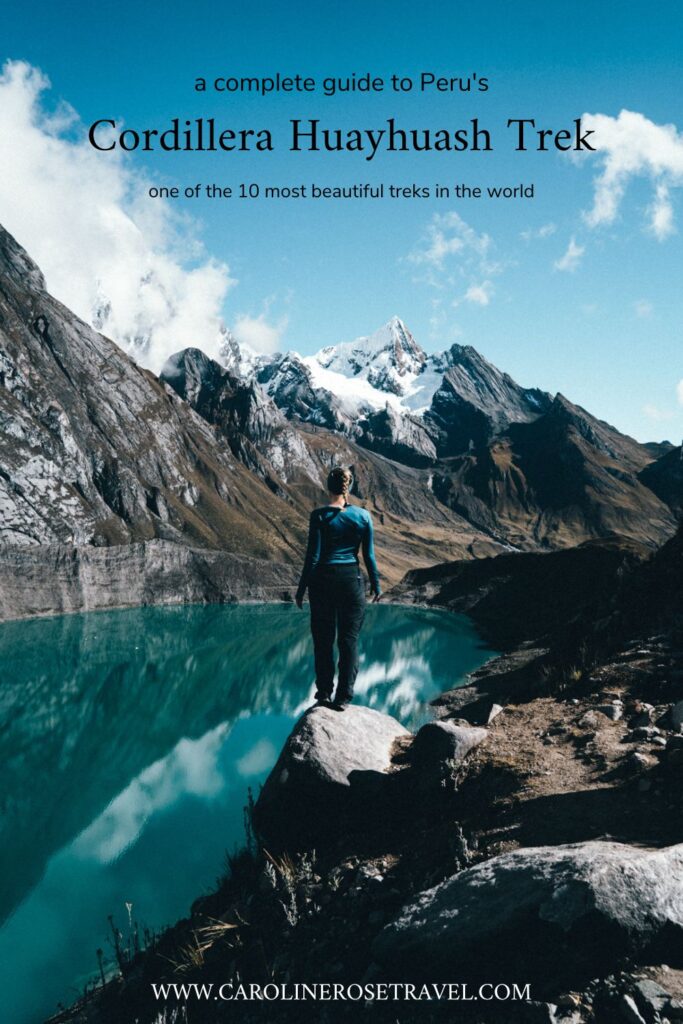





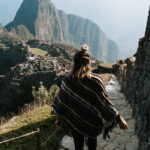
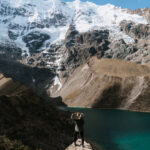


Tony The Tiger
Posted at 18:16h, 19 SeptemberGreat report, Caroline! I am officially a fan of your site now 🙂
One question, when you booked the tour through Krusty Hostel, so you were physically at the Hostel not through their website, correct?
Tony
Caroline Rose
Posted at 15:59h, 28 DecemberI realized I’m replying super late, so I apologize to you Tony. But for anyone else who may read this – fyi, I did book in person at the hostel. They should have a Whatsapp number too though that you can message to book activities ahead of time if you wish.
Jordyn Rae
Posted at 00:11h, 21 NovemberHi! Thanks for such a thorough guide with awesome photos. A question about booking through Krusty – are the tours leaving daily? I only have 11 days I could spend in Huaraz and wondering if it’s worth the risk of not booking in advance, in case the tours are full or they don’t have enough people, etc.
Caroline Rose
Posted at 16:02h, 28 DecemberThe one day excursions should leave every day, although you should double check with them. However, the longer excursions such as Santa Cruz or Huayhuash trek usually leave on a particular day when it works for guides or when there’s a big enough group. So if you have a limited amount of time you should definitely check in beforehand with them to see if their scheduled trip works with your timing.